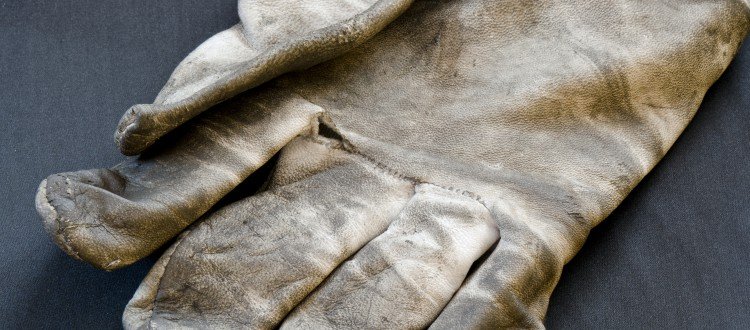Suffered a Degloving Injury, and I Can’t Work. Now What?
What is a Degloving Injury?
A Degloving injury is commonly referred to as an avulsion injury in the medical world. (Avulsion comes from the Latin avellere, meaning “to tear off”). An avulsion injury refers to a surface trauma where all layers of the skin have been torn away, exposing the underlying bone, tissue, and vein structures. Thus it is named, by analogy, to the process of removing a glove.
The most common causes are road traffic accidents, conveyor belt injuries and ring avulsion injuries. Degloving injuries most commonly occur to the extremities and limbs.
Although the musculoskeletal unit of the limb is usually intact, and the patient can often move the parts of his or her limb quite normally, most degloving injuries require major surgical interventions. Any dead skin or other tissue must be removed. Tissue that can heal is usually saved. Infection is a major complication, and preventing infection is a main goal of initial treatment. Treatment options include replantation or revascularization of the degloved skins, or when these are not possible, skin grafts or skin flaps. And in extreme cases, amputations may be advised or required. Post-operative physiotherapy is of particular importance for degloving injuries involving the hand.
Workers Compensation for Catastrophic Injury
If you get hurt on the job, your employer is required by law to pay for workers’ compensation benefits. You could get hurt by:
- Singular event at work. Examples: hurting your back in a fall, getting burned by a chemical that splashes on your skin, getting hurt in a car accident while making deliveries.
- Repeated exposures at work. Examples: hurting your hand, back, or other part of the body from doing the same motion over and over, losing your hearing because of constant loud noise.
If you are hurt on the job, report the injury or illness to your employer. And with a degloving injury, receiving emergency treatment as soon as possible is extremely important. Your employer must make sure that you have access to emergency treatment right away, and may tell you where to go for treatment. Tell the medical staff that your injury or illness is job-related.
The next step is to fill out a Workers’ Compensation Claim Form (DWC 1) within one working day after you report your injury or illness. Read all of the information that comes with the claim form. Fill out and sign the “employee” portion of the form. Describe your injury completely. Include every part of your body affected by the injury. Give the form to your employer. This is called “filing” the claim form. If you mail the form to your employer, use first-class or certified mail and purchase a return receipt.
Other types of work injury assistance available
- State Disability Insurance (SDI) or, in some cases, unemployment insurance (UI) benefits paid by the state Employment Development Department (EDD) when workers’ compensation payments are denied or unavailable to you.
- Social Security disability benefits paid by the US Social Security Administration (SSA) for total disability.
- Benefits offered by employers and unions, such as sick leave, group health insurance, long-term disability insurance (LTD), and salary continuation plans.
- A claim or lawsuit if your injury was caused by someone other than your employer.
If you have suffered a degloving injury and can’t work, contact the experienced degloving attorneys at Stoner Grannis today!

